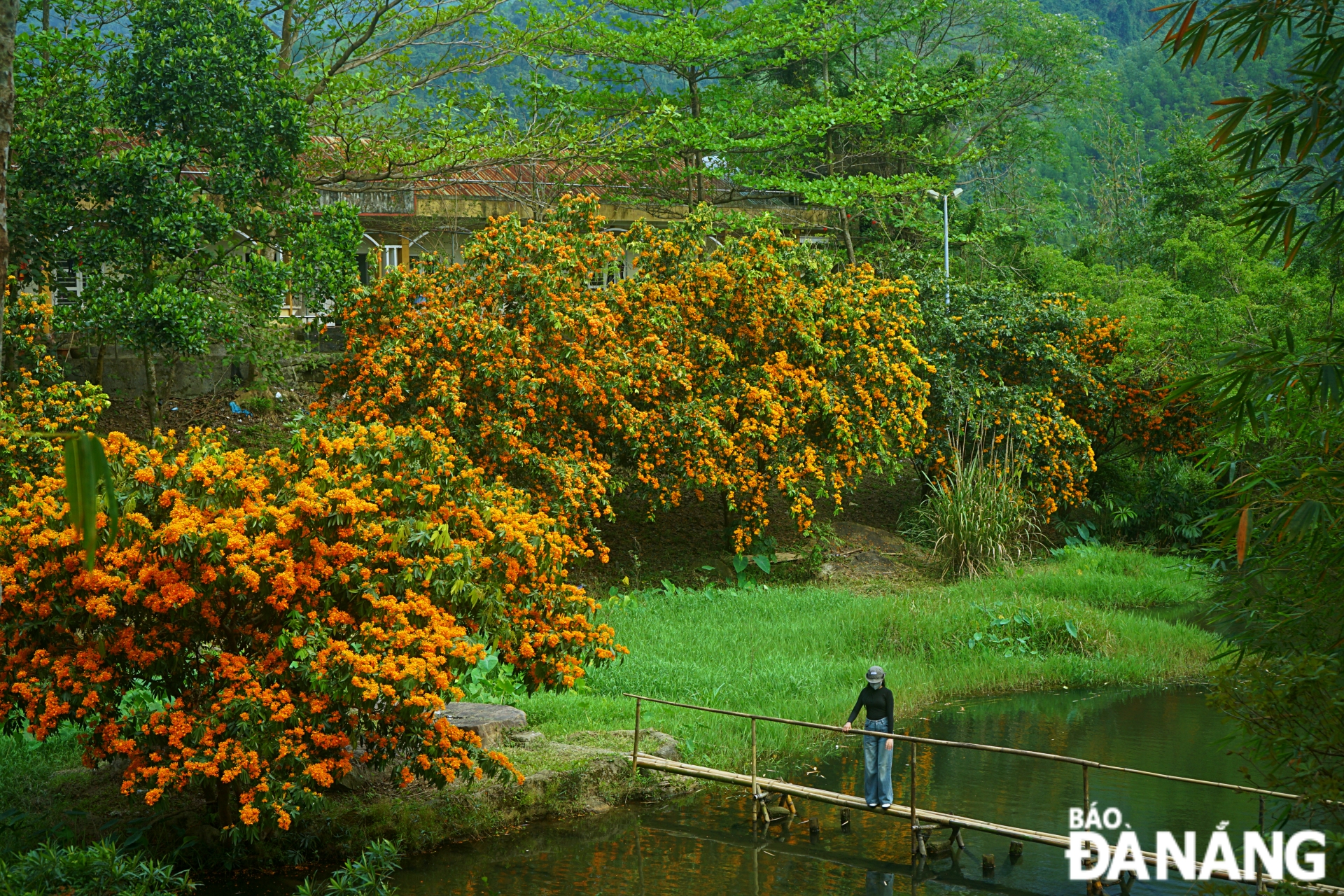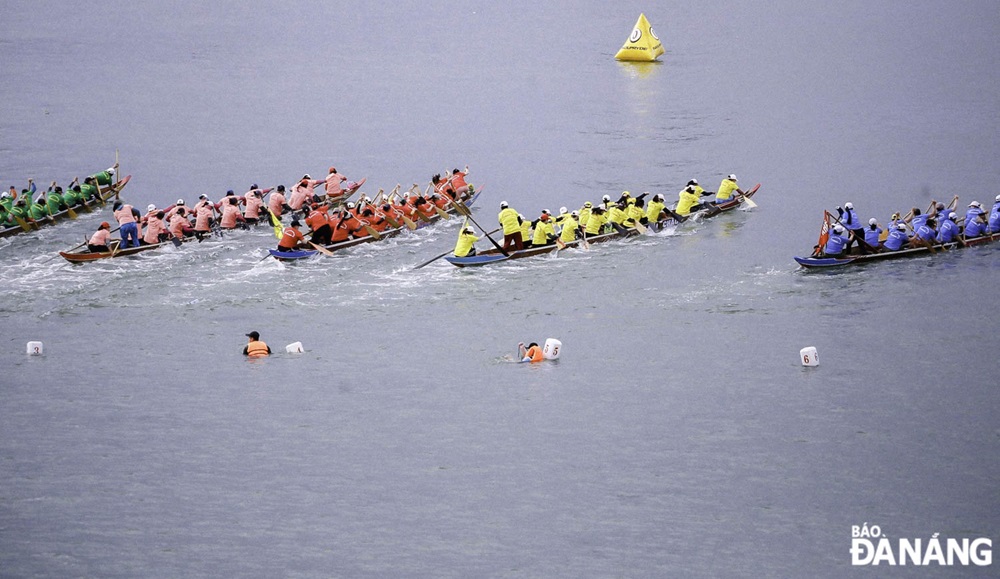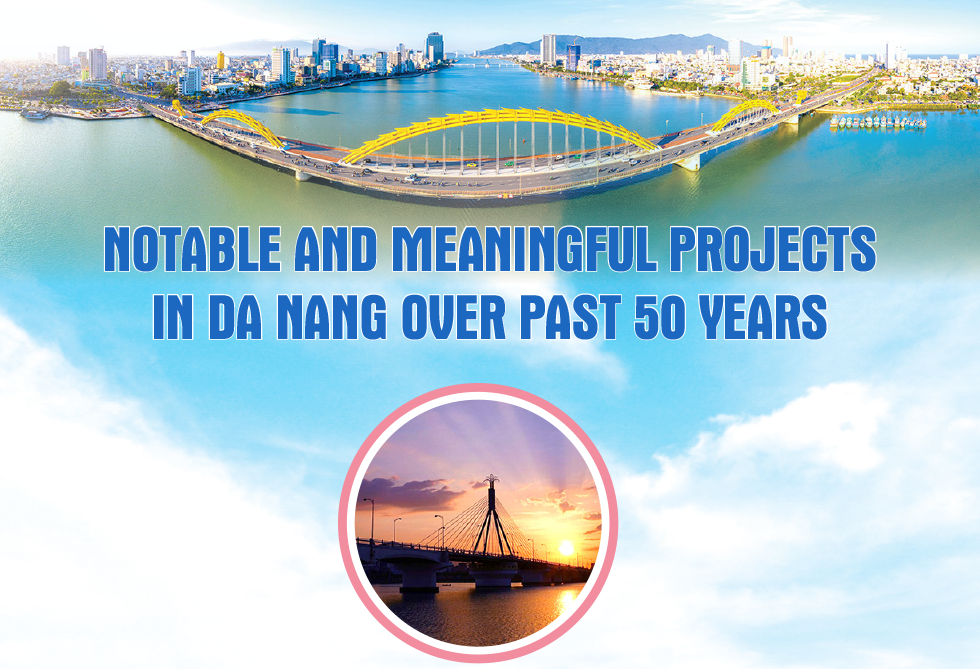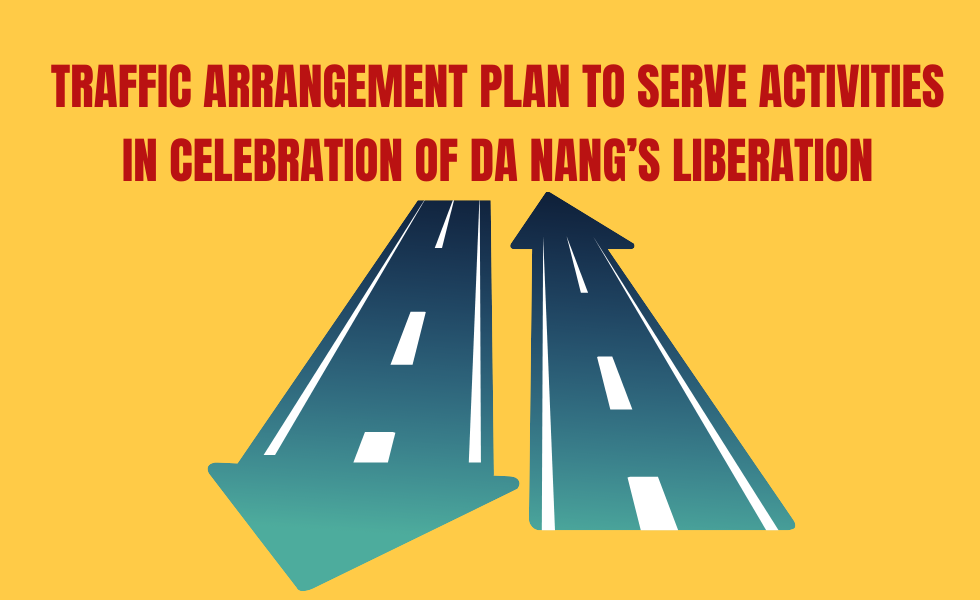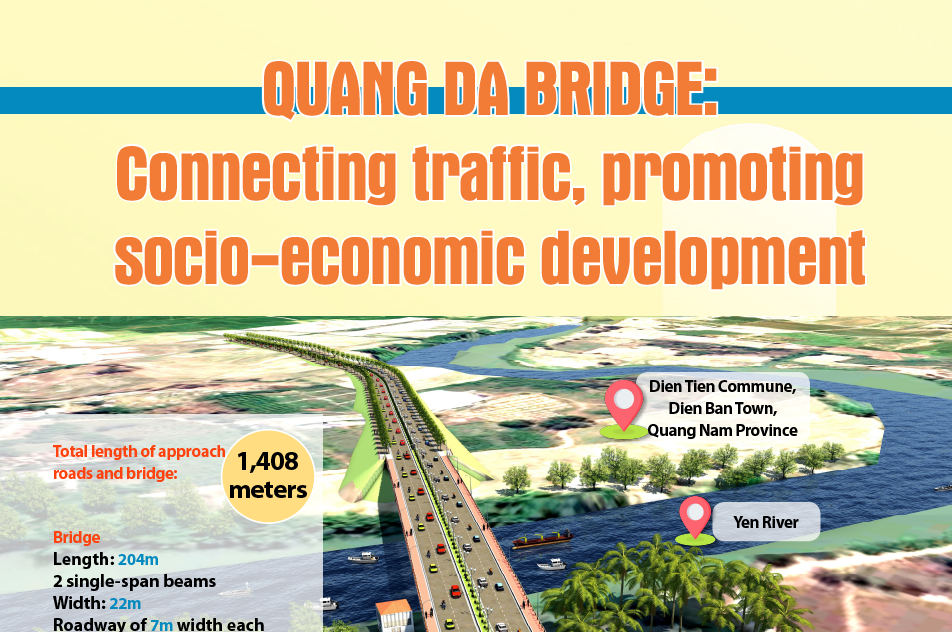Da Nang aims for a long-term development foundation
Over the past two decades, Da Nang has developed impressively. During that journey, the city sometimes faced many difficulties and challenges. Therefore, new driving forces are needed to develop Da Nang with a longer-term vision.
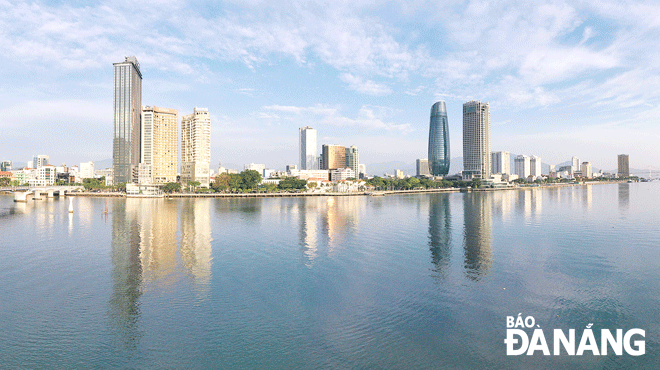 |
| Over the past 20 years, Da Nang has developed and expanded its modern urban space. Photo: A.D |
After a period of strong development, the city currently not only focuses on overcoming the limitations and shortcomings, but also has to face the existing difficulties raised by the COVID-19 as well as “development threshold” as forecasted by many economic experts. To make further progress and create momentum for development in the next period, Da Nang needs new motivations with a longer term vision.
But that probably won't be easy for a city whose economy depends on services and tourism as its "pillars". What is the driving force for Da Nang to develop on its next journey is probably a difficult answer, requiring time to test.
Resolution No. 43-NQ/TW adopted by the Politburo (term XII) on building and developing Da Nang by 2030, with a vision towards 2045, is extremely important for Da Nang with two columns: the 100th anniversary of the Party's founding (1930-2030) and the 100th anniversary of the country's founding (1945-2045).
That places a huge responsibility on the Party Committee, government and people of Da Nang for development in the next few decades.
Along with that, the project to adjust the Da Nang Master Plan by 2030, with a vision to 2045 was approved by the Prime Minister, contributing to clearly shaping the planning and orientation of Da Nang's major socio-economic development. For more than 20 years, Da Nang has come to harmonize economic and urban development with natural landscape conservation.
With a regard to its goal, by 2030, Da Nang will become one of the major socio-economic centres of Viet Nam and Southeast Asia at large as a centre for startups, innovation, tourism and trade, finance, logistics, hi-tech industry, information technology (IT), and supporting industries.
To achive this goal, the national government has devoted additional resources to invest in Da Nang. From additional capital funded by the State budget, work has started on the Lien Chieu Port project, along with the coastal road connecting the internal roads of the Lien Chieu Port to the Nam Hai Van bypass road.
From here, in the near future, a large area in the northwest including Lien Chieu and Hoa Vang will develop towards a logistics service centre combined with the Da Nang Hi-tech park and centralised IT Park to connect with traffic routes including roadway, waterway and North-South railway. It can be said that the Lien Chieu Port project is not just a motivational project, an economic lever but also an important part of the city’s sustainable development strategy.
Along with that, Da Nang, along with Ha Noi and Ho Chi Minh City, was identified by the national government as one of the three national innovation start-up centres and three national high-tech zones to attract investment startup resources in high technology, shortening the development gap between Viet Nam and the world.
If the Da Nang Master Plan project is considered to be the foundation, shaping the city’s development, with the Prime Minister’s approval on preparations for a project to build Da Nang into a regional financial centre has opened a new direction in building and developing Da Nang in the coming time to restructure the economy and attract investment flows.
Such a financial centre will always play an important role in transferring capital to the whole economy while also helping to link the city’s key economic sectors as well as creating a central and driving growth of the entire Central Coast region.
In 2023, Da Nang is implementing the theme ‘The year focusing on unlocking resources, attracting investment, maintaining economic growth and ensuring social welfare’, including four groups of tasks and solutions.
Many investment projects have had their problems removed when carrying out inspections to clear out bottlenecks in the use of land resources.
2023 is the mid-term year which is important in implementing the Resolution of the 13th Party Congress, the Resolution of the 22nd Da Nang Party Congress and resolutions of the Da Nang People's Council.
Looking back at the time that has passed after the COVID-19, we can realise other positive aspects of the recovery and positive contributions made by the service industry to the the city's economic development, in infrastructure and land source preparations to attract investment into the city.
Currently, Phase 2 of the Hoa Cam Industrial Park (IP), the Hoa Ninh and Hoa Nhon IPs and Hoa Lien Industrial Cluster are taking the shape to be ready to welcome investment.
The Hoa Lien Water Plant project using public investment has officially been put into operation, ensuring enough water sources to serve the people and as well as expand the scale and production and business activities of businesses.
As assessed by some economic experts, Da Nang shows off many advantages to form a regional financial centre with a focus on developing Fintech. However, in order to form a regional financial centre with all the elements, the city will have to go a journey of twenty years or more.
Despite expected difficulties, we cannot help but move forward with this ambitious project because there is the vision shaped by Viet Nam, not just Da Nang, to help the country develop and overcome difficulties, the risk of falling behind, the challenge of the middle income trap in the context of too many changes in the world.
Indeed, all the decisions and issues mentioned above can be said to be fundamental, long-term steps. Whether the development of a city is sustainable or not depends on such steps, which is a preparation and long-term vision for Da Nang’s development in the next few decades.
Reporting by HOANG PHAN - Translating by A.THU


